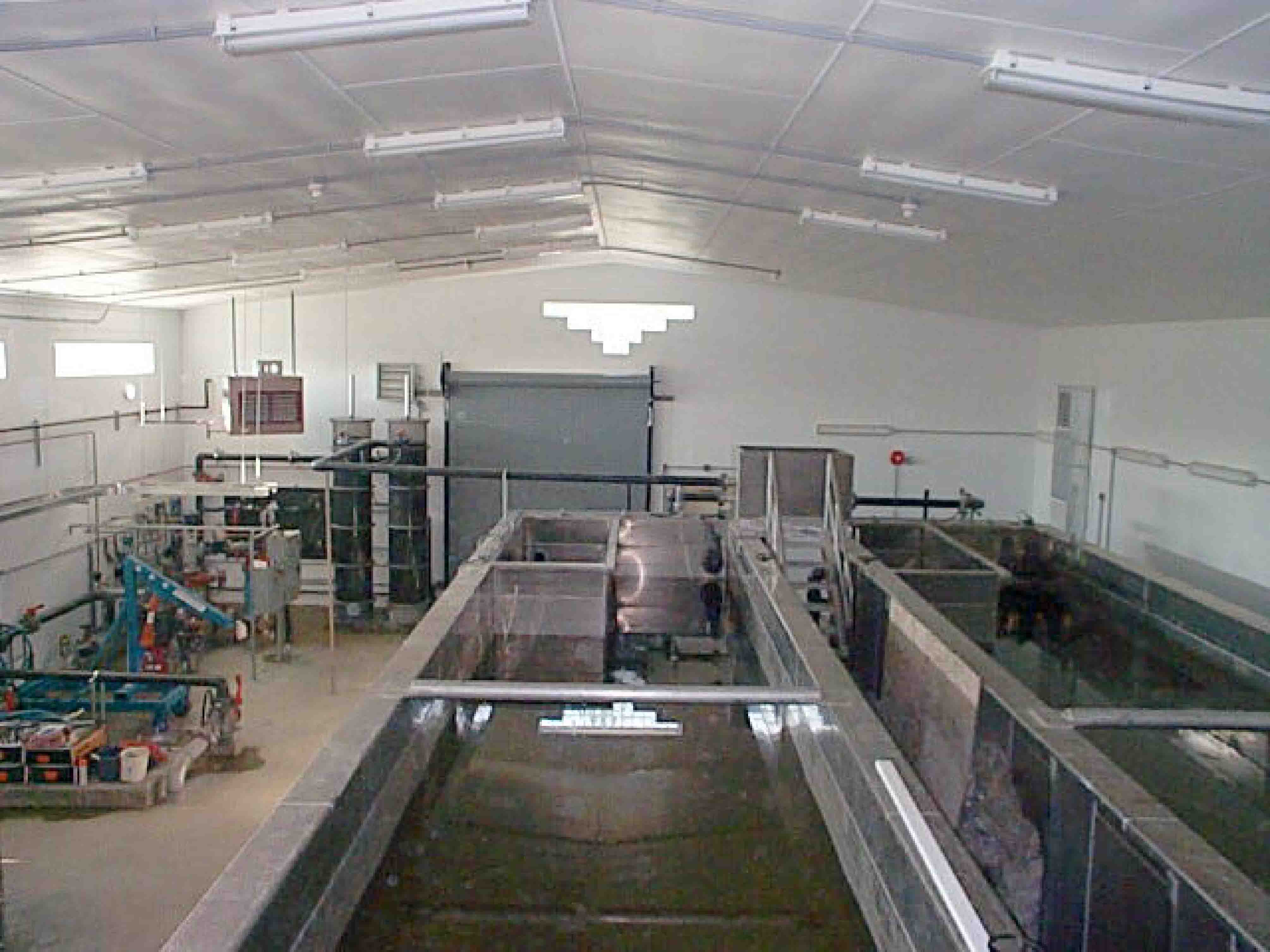Summary 
Many small drinking water systems are at a comparative disadvantage due to their size (e.g., limited financial and human resources), and sometimes due to their remote location. The challenge in meeting emerging regulations can be a formidable one. The objective of this project is to test the ability of ferrate oxidation to solve a wide range of water quality and treatment problems faced by small systems.
The general working hypothesis is that ferrate is:(1) more effective and less detrimental than existing conventional oxidative technologies such as chlorination, chloramination, and permanganate oxidation, and that it is (2) comparable in performance to advanced technologies such as ozonation or chlorine dioxide oxidation that are more costly, more hazardous or require specialized expertise to operate.
This work is being conducted in laboratory-scale, pilot-scale and full-scale treatment systems. We are using raw waters from 17 small drinking water systems representing a wide range of quality characteristics and treatment needs. These are treated in the laboratory (either at UMass or Haskell Indian Nations University) using lab-scale versions of existing treatment processes, both with and without ferrate as a pre/intermediate or post oxidant, depending on the nature of the treatment train. In many cases we add trace contaminants so as to challenge the system. Conditions (e.g., ferrate dose, pH, etc.) are established to achieve a range of treatment goals. In 6 of these cases, we are establishing small-scale continuous flow pilot plants using that same water and larger-scale treatment processes. This allows us to collect more data on chemical performance while getting data on aspects that cannot be readily investigated at the bench scale (e.g., biological removal, sludge production, buildup of filter headloss. Finally, a large on-site pilot or full-scale unit will be installed for final testing.
The project will result in a document providing guidance for the beneficial use of ferrate in small systems. We will highlight the ways it can be used to improve water quality, lower cost and provide a more sustainable treatment alternative to other technologies. We are also making use of the NIWR centers to help disseminate the information through workshops and various newsletters and publications.
Project Resources
UMass Documents
Testing Plans and Data
- Bench Scale Testing
- Lab Pilot Testing
- Field Pilot Testing
Other References and Background Documents
| Ferrate | Small Systems | Triple Bottom Line |
|---|---|---|
| Full Literature Page | EPA Small Systems Characteristics (1999) | Sustainability Primer |
| Lee & von Gunten's oxidant comparison | EPA Small Systems Handbook (2003) | |
| Sharma's inorganic review | ||
| Bench/Pilot Studies - Gray Lit |
Project Partners
Ferrate Treatment Technologies
KS Communities
New England Utilities
Project Team
Graduate Students
Yanjun Jiang (research assistant - PhD student)
Joe Goodwill (research assistant - PhD student)
Jon Martin (independent study - MS student emeritus)
Research Staff
Marie-Francoise Hatte (Assoc. Dir. WRRC)
Sherrie Webb-Yagodzinski (EWRE Lab Manager)
Kathy Whynott (EWRE Grants Manager)
Larry Kramer (Research Associate emeritus)
Others
Dave Reckhow (PI, UMass, CEE)
John Tobiason (Co-PI, UMass, CEE)
Carole Tomlinson (Co-PI, Haskell)
Paula Rees (Co-PI, UMass, WRRC)